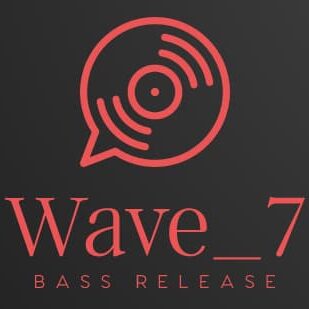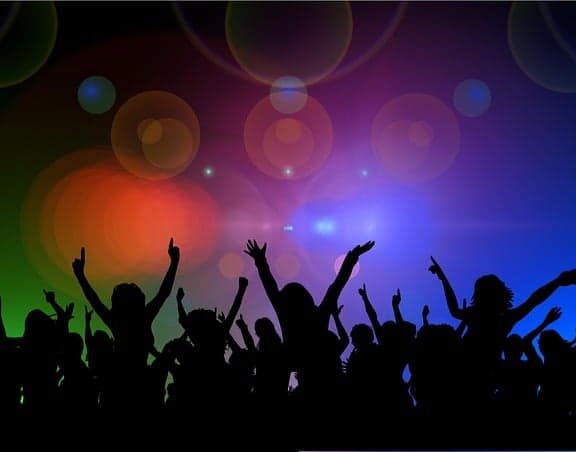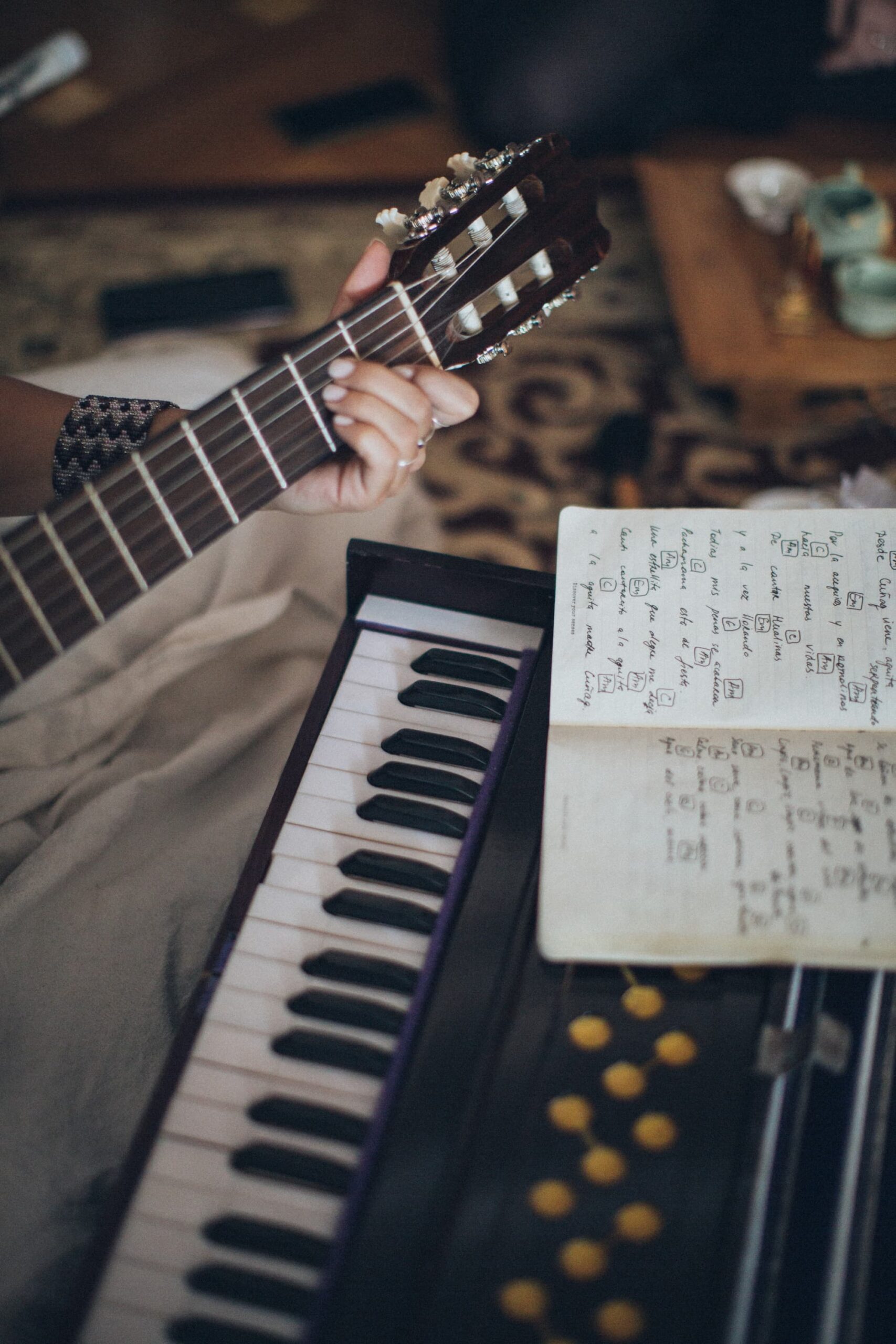Trance
Trance appeared on the UK rave scene in the late 1980s and was further developed in Germany in the early 1990s before spreading throughout the rest of Europe as a more melodic offshoot of Techno and House. The genre was formed in the Indian state of Goa. Trance is mostly instrumental, although vocals can be mixed: usually sung from mezzo-soprano to soprano for the female voice, often without the traditional verse and chorus structure. The structured vocal form in trance music is at the heart of the vocal trance subgenre, which has been described as “great, soaring and operatic” and “ethereal female voices floating among synthesizers.” Trance is broken down into several sub-genres, including Acid Trance, Classic Trance, Hard Trance, Progressive Trance, and Uplifting Trance.
Goa trance
Goa Trance is a style of electronic music that originated in the late 1980s in Goa, India. Goa Trance often has quirky, humming bass lines similar to the techno minimalism of 21st century Psy Trance.
The music has its roots in Goa, which was the hippie capital of the late 1960s and early 1970s. Musical developments included elements of industrial music, new rhythm, electronic body music (EBM) and the spiritual culture of India. But the real style of Goa Trance did not emerge until the early 1990s. The music played was a mixture of styles defined as Techno, New Beat and various genres of “computer music”. For example: High Energy Disco without vocals, Acid House, Electro, Industrial Gothic, various House styles and Electronic Rock hybrids. The style was distributed on audio cassettes by traveling collectors and DJs. Electronic music was transcribed from tape to tape. Goa DJs were in an underground scene, unbeknownst to labels and the music industry.
Among the DJs playing in Goa during the 1980s were Fred Disko, Dr Bobby, Stephano, Paulino, Mackie, Babu, Laurent, Ray, Fred, Antaro, Lui, Rolf, Tilo, Pauli, Rudi and Goa Gil. The style of music was eclectic based on instrumental dub tracks that evoked mystical, cosmic, psychedelic and existential moods.
By 1990-1991, Goa had become a popular party destination and was no longer a secretive scene: the scene became bigger. Goa-style parties have spread around the world since 1993. A lot of labels in different countries (UK, Australia, Japan, Germany) devoted themselves to the promotion of psychedelic electronic music, reflecting the spirit of Goa parties. The golden age and first wave of Goa Trance came between 1994 and 1997.
Sound
The original purpose of the music was to allow dancers to experience a state of collective bodily transcendence, similar to ancient shamanic dance rituals, through hypnotic, pulsating melodies and rhythms. Goa Trance electronic music has an energetic rhythm, often in the standard 4/4 dance size. The typical track usually builds up to a much more energetic rhythm in the second half, and then winds down fairly quickly towards the end. The tempo is usually in the 130-150 beats per minute range, although some tracks may have a tempo of only 110 or 160 beats per minute. Typically, 8-12 minute Goa Trance tracks focus on a steady build-up of energy, using changes in percussion patterns and more complex and layered synthesized parts as the music progresses to create a hypnotic feel.
The bass drum often has a low, dense sound with noticeable sub-bass frequencies. Electronic music very often includes many sound effects, which are often created by experimenting with synthesizers. The well known sound that originated with Goa trance and became much more common with its successor, which turned Goa trance into a musical genre known as Psytrance, has an organic “husky” sound (usually a sawtooth wave that goes through a resonant bandpass or high-pass filter).
Other music technologies used in Goa Trance include popular analog synthesizers such as the Roland TB-303, Roland Juno-60/106, Novation Bass-Station, Korg MS-10 and, in particular, the Roland SH-101. Hardware samplers made by Akai, Yamaha, and Ensoniq were also popular for sample storage and musical manipulation.
A popular element of Goa Trance is the use of vocal samples, often from science fiction movies. These samples mostly contain references to drugs, parapsychology, extraterrestrial life, existentialism, out-of-body experiences, dreams, science, time travel, spirituality, and mysterious and unconventional themes.
Not just music.
Goa parties are fun and have a certain visual aspect-the use of “flura” (fluorescent paint) is common on clothing and on jewelry such as tapestries. The graphics on these decorations usually relate to such themes as aliens, Hinduism, other religious (especially oriental) images, mushrooms (and other psychedelic art), shamanism and technology. Shrines with religious objects in front of DJs’ consoles are also a common decoration.
Psychedelic trance
Psychedelic trance, Psytrance or Psy is a subgenre of trance music characterized by arrangements of rhythms and layered melodies created on high tempo riffs.
Psytrance lies in the hardcore, underground field of the diverse trance spectrum. The genre offers diversity in terms of mood, tempo, and style. Some examples include Full On, Darkpsy, Forest, Minimal (Zenonesque), Hitech Psy, Progressive, Suomi, Psy Chill, Psycore, Psybient (fusion of psychedelic trance and ambient), Psybreaks or adapted tracks from other music genres.
Styles
Psy Trance has a distinctive, energetic sound that tends to accelerate unlike other forms of trance or techno music with tempos typically ranging from 135 to 150 beats per minute. But Psy Trance can reach 190 beats per minute, 200 beats per minute, 210 beats per minute and even 300 beats per minute. He uses a very distinctive bass rhythm that’s constant throughout the song and overlays the bass with different rhythms taken from funk, techno, acid house, and Eurodance. Different leads and rhythms usually change every eight bars. Layers are used to create a psychedelic effect. New musical ideas are added at regular intervals, often every four to eight bars. New layers will be added until a climax is reached, and then the song breaks down and begins a new rhythmic pattern over a constant bass line. Psychedelic trance tracks are usually six to ten minutes long.
Progressive
Progressive Trance is one of the most common themes at parties. It is usually played in the afternoon or on a second dance floor. Since the mid-2010s, its popularity has increased, to the point where it is often referred to as Psytrance. Examples include musicians from the Serbian label TesseracTstudio, such as Zyce, Talpa, E-Clip, Flegma, Shivatree, ILAI, Sideform, Manmachine, Vertex, Sonic Entity, Relativ, Arhetip. Other musicians in this sub-genre include Vini Vici, Astrix, Psycrain, Ritmo, Protonica and Major7.
Full-On
Full-On is a psychedelic trance style, which is particularly popular in Israel. This genre has high energy at peak moments, often having melodic, energetic and clear bass lines with a fast tempo (usually 140 to 148 beats per minute). There are several related styles that are derived from this style and are distinguished as varieties of Full-On: Twilight and Night Full-on (or Dark Full-on), with bolder and lower notes on the bass lines, Mourning (light, good and happy) and Uplifting.
Darkpsy
Darkpsy is a heavier sub-genre of the psychedelic trance spectrum with tempos around 148 beats per minute or more. Related styles include Psycore (fast and crazy), Hi-tech (upbeat and killer), and Forest (organic and earthy). Characterized by a darker, deeper and more eschatological background that leads to a deep meditation on death, night and transcendence, often with somber sounds and heavy bass lines.
Suomisaundi
Suomisaundi (also known as Spugedelic Trance or Freeform Psy) is an experimental genre that emerged in Finland in the mid-1990s. Popular artists and bands include Luomuhappo and Texas Faggott.
Breakbeat hardcore, jungle, drum and bass
By the early 1990s, a musical style had emerged on the rave scene that was different from American House and Techno. This music, like Hip-Hop before it, combined sampled syncopated rhythms and beats, samples from a wide range of different music genres and, sometimes, samples of dialogues and sounds from movies and TV programs. Compared to earlier styles of dance music such as house and techno, so-called “rave music” tended to emphasize bass sounds and use faster tempos or beats per minute. This sub-genre was known as Hardcore rave. Since 1991 some music tracks consisting of break rhythms with high tempos, with heavy bass lines and samples of old Jamaican music were called Jungle Techno. The genre was shaped by Jack Smooth and Basement Records. Later just Jungle, which became a separate genre, popular at raves and on pirate radio in Britain.
Breakbeat hardcore
Breakbeat Hardcore (also called Oldschool Rave Hardcore) is a genre of hardcore music from the late 1980s and early 1990s that combines four-quarter size beats with accented bass drumming and is associated with the British rave scene. The genre also includes jumbled samples of drum machines, upbeat piano and old-school sounds.
In its early years, the underground sound was widespread. Even without radio, many hybrid and regional styles made it to the top 20 charts. However, in the early 1990s, the three main divisions of this underground rave movement were House, Techno and New Beat, or Breakbeat hardcore. Around 1993 this scene fragmented and split into Jungle (which later gave birth to Drum’n’Dass) and Happy Hardcore. The Jungle sound was more focused on bass lines, often with jazzy undertones, while Happy Hardcore retained a rave sound, 4/4 drumming and happier piano elements. An almost independent evolution of styles hit “bleep and bass”, brutalist techno, hardcore jungle, pop-rave, UK garage and ragga-techno.
Jungle
Jungle is electronic music, which appeared in England in the early 1990s as part of the British rave scene. Coming out of Breakbeat hardcore, the style is characterized by fast beats (often 150-200 beats per minute), dub reggae bass lines, heavily syncopated drum loops, samples and synthesized effects. Long offset drums are common in old school Jungle. Jungle was a precursor to Drum’n’Dass.
Musicians create drum patterns by cutting funk and jazz compositions. Jungle performers use slow, deep bass lines and simple melodies found in dub, reggae and dancehall as well as elements of hip-hop and techno.
Drum and bass
Drum and bass (drum’n’bass, drum & bass, D&B, DnB or “D’n’B”) is electronic music characterized by fast beats (usually 160-180 beats per minute) with heavy bass and sub bass lines, sampled melodies and synths. The style grew out of Hardcore and Jungle in the UK in the early 1990s. D&B was mainly influenced by the original dub and Jamaican sound. Another feature of the style is the complex syncopation of the drums.
Drum and bass subgenres include breakcore, ragga jungle, hardstep, darkstep, techstep, neurofunk, ambient drum and bass, liquid funk (aka liquid drum and bass), jump up, drumfunk, funkstep, sambass and drill ‘n’ bass. Drum and bass has influenced many other genres such as hip hop, big beat, dubstep, house, trip-hop, ambient, techno, jazz, rock and pop. Drum and bass remains most popular in the UK, although it has conquered scenes all over the world in countries such as the United States, Germany, the Netherlands, South Africa, Belgium, New Zealand, Greece, Canada, Austria, the Czech Republic, Slovakia, Slovenia and Australia.
Rhythmic Composition.
Many drum and bass tracks contain more than one sampled beat and a technique of switching between two breaks after each measure. The relatively fast drum beat forms a canvas on which the musician can create tracks to suit almost any taste, and often forms just the background for other elements of the music. The syncopated beats remain the most distinctive element, as without them a high tempo 4/4 dance track would be classified as Techno or Gabber.
The intricate syncopation of a drum track is another aspect of creativity that musicians can spend a great deal of time on. It is generally accepted that the Amen break was the most common (and often considered the most powerful) beat in drum’n’bass.
Bass Elements.
This genre attaches great importance to the bass line. A deep sub-bass musical pattern that can be felt physically through powerful sound systems. Bass lines come from discrete sources or synthesizers. Bass played with a bass instrument, whether electric, acoustic or double bass, is less common, but examples can be found in the work of musicians such as Shapeshifter, Squarepusher, Pendulum, Roni Size and STS9.
Tempo
DnB tends to be in the 160-180 beats per minute range, unlike other breakbeat-based dance styles such as new-school break, which maintain a slower tempo around 130-140 beats per minute. During the development of drum’n’bass, there was a general trend of increasing tempo. The earliest forms of drum and bass in 1990/1991 reached 130 beats per minute and, reaching 155-165 beats per minute by 1993. Since 1996, drum and bass tempos have largely remained in the 170-180 range. More recently, some musicians have started releasing slower tempo tracks again (that is, in the 150-170 beats per minute range), but a tempo of 170 beats is still a hallmark of DnB.
A track that combines the same elements (beat beat, bass, production technique) as a drum’n’bass track, but with a slower tempo (say, 140 beats per minute) may not be drum’n’bass.





